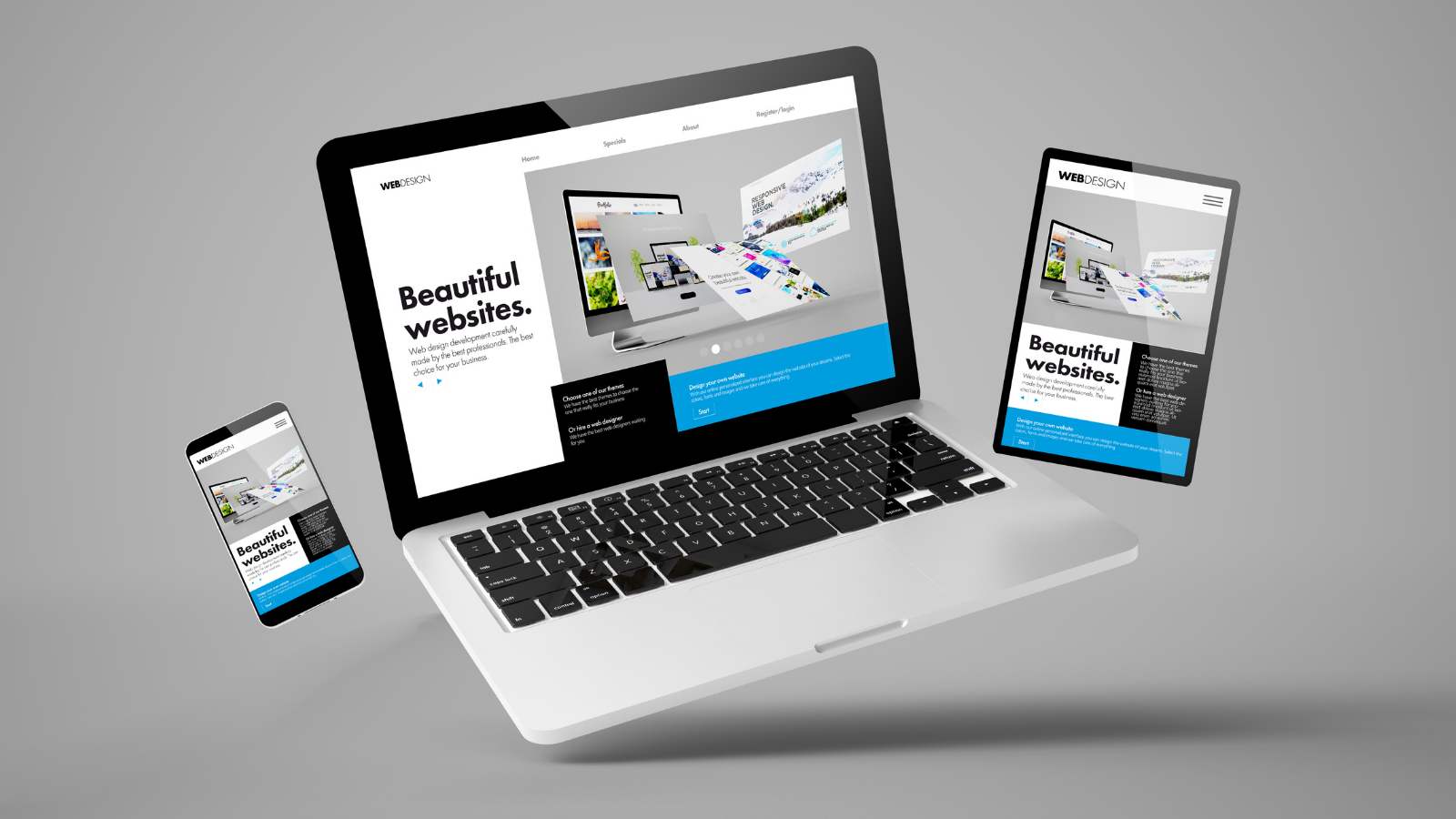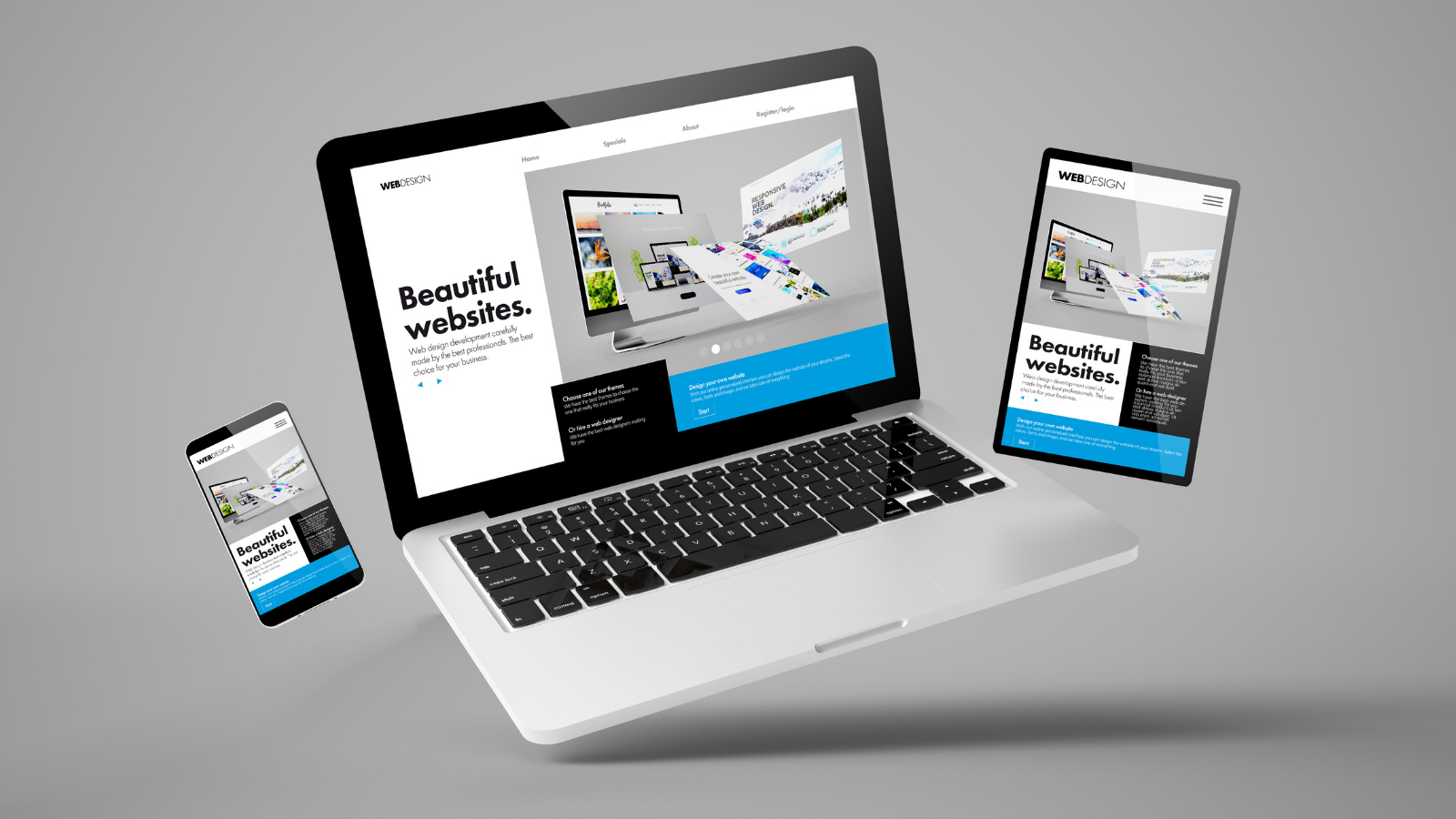The Ultimate Guide to High-Performance B2B Websites
It's no secret that the pandemic has played a huge factor in an increase in online sales! Learn to ride this wave and create a B2B website that...


Many companies initially search for suppliers or service providers online. A high-quality, optimized, attractive, and attention-grabbing website is, therefore, essential for B2B companies.
B2B websites arguably need to perform more than their B2C counterparts; companies tend to make many more comparisons before making a final decision. Similarly, impulse buying is rare in the world of B2B transactions. Here’s everything you need to know when designing B2B websites in 2022.
Essentially, your B2B website acts as your digital storefront or office.
Customers typically perform many searches before even beginning to interact with any particular company. It's important that your website design includes optimization features so that you are actually found in the crowd.
When customers land on your website, the design needs to catch their attention. Your website should be, in essence, your best-performing “salesperson”.
Potential customers often see your website before interacting with any company representatives. It often, therefore, creates the first impression of your business, and so should appear professional, polished, knowledgeable, credible, and reliable.
Content should be compelling and appealing in order to lead to negotiations or, even better, to conversions. In short, your website is the first step in building relationships with customers.
In today’s digital world, a B2B website is often the way that most customers will initially find your business.
On a good website, customers can research your product(s) or service(s) and find plenty of useful information before contacting an actual person.
High-quality relevant content encourages interactions and engagement, which can then potentially lead to sales.
Accessible at all times of the day and night, a well-designed B2B website can be a great promotional and advertising tool for your company. It should be a key marketing tool that leads to more clients.
Generally acting on behalf of a company, B2B customers are often responsible for substantial budgets; B2B sales usually cost a lot more that when individual consumers are involved.
A good B2B website should create regular high-quality business leads by:
Producing traffic
Engaging viewers
Converting visitors
B2B websites often face plenty of competition when trying to appeal to customers. There are several fundamental elements of B2B website design to keep in mind, including:
Aesthetic appeal
Easy to read and understand
Easy to navigate
Fast loading
Clear brand message
Useful content
SEO Optimized
Mobile friendly
Leads to conversions
Ultimately, B2B websites should always be designed and updated with results in mind.
For a B2B website to be effective, there are several major points to follow:
Understanding your customers’ needs and wants is vital. Many consumers share common characteristics when it comes to searching online, including a desire for websites to be clear and concise and for information to be easy to find.
Knowing how to talk to customers in your field is paramount; without the right tone or information, any message will be lost as potential consumers lose interest and search elsewhere.
Within your niche, there is likely a strong customer persona, with defined business goals, needs, and problems. Knowing these aspects enables you to create a strategy that allows your website to appeal by aiding customers to reach their goals, fulfilling their needs, and providing solutions to their problems.
Content creation should focus on what is relevant to your prospective customers; each page and post should be created with your target audience foremost in your mind.
The design of B2B websites can have several aims, including:
Attracting more visitors
Keeping visitors active on your website for longer
Encouraging visitors to take some action
Know what your own goals are before designing your site.
Understanding your typical customer in detail allows you to balance your objectives with theirs; solving their problems or enabling them to reach goals also allows you to reach your goals. It also enables you to clearly create different conversation routes.
Researching your major competitors’ websites is an important way of:
Knowing what works
Making sure you are different
Creating a better user experience
Make note of elements that appeal to customers and those that you think could be better. Use this knowledge to inform your own website strategy.
The best products and services can remain unbought and unused if potential buyers are never aware of them. Your B2B website design should, therefore, make it easy for people to find you.
Identify your target SEO keywords, including primary, secondary, and long-tail phrases, before creating your website. This allows you to work those words into the actual design and thus increase your chances of pages ranking highly in search engines.
You want your website to reflect your company, which means it should seem professional and feel trustworthy. A major way to achieve both is to ensure consistency when it comes to branding, including key messages, layouts, and style.
Using a style guide can be incredibly helpful, making sure that elements like logos, fonts, colors, structure, and images are consistent and reflect your brand identity.
While using a certain amount of technical language on a B2B website is usually understandable, you should aim to limit the jargon and write in a way that your customer would speak to you.
This not only makes your content easier to digest, but it can also help your company to seem more approachable.
While keeping relevance in mind, content should be fresh and interesting. It should provide all necessary information in an easy-to-follow format, without causing readers to feel overwhelmed.
Seeing that a company has worked with similar clients can help to create a sense of trust, familiarity, and confidence in potential customers. Provide evidence of previous customer satisfaction by way of portfolios and/or client reviews.
Your home page and landing page(s) typically have a mere couple of seconds to create an impact on a first-time viewer. These pages are generally what entice a potential customer to stay on your site or to leave and look elsewhere.
These pages should make it clear what you offer, detail why you are the best choice, provide proof that you are the best choice and include a strong call to action.
Increasing engagement is an important way of building business relationships, which in turn is a crucial way for a business to grow.
Along with making sure content is relevant, position important messages at key points for maximum visibility. Make it easy for viewers to engage with content, whether through in-site comments or sharing on social media channels.
Enhance calls to action, making sure it is clear what next step you want viewers to take. This could be to contact for more information sign up for membership, make a purchase, or some other target outcome. Use secondary calls to action to retain viewers who may not yet be ready to take the desired step.
To have a successful website that attracts, converts, and retains visitors, you need to ensure you’re always thinking about the user and what will make their experience the best.

It's no secret that the pandemic has played a huge factor in an increase in online sales! Learn to ride this wave and create a B2B website that...

One of the most popular pages of any B2B website is the contact page. It’s where visitors go if they want to know where your company is located or...

Lead generation is the main focus of most marketers. However, getting more leads poses specific issues, especially in the B2B environment. According...